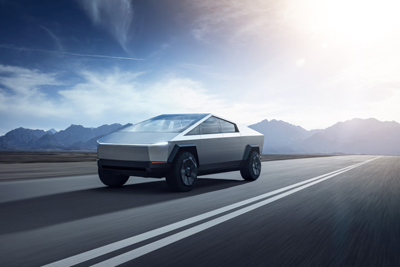Tesla is moving forward with applying improvements to the low-voltage system of its electric vehicles, which was operating at roughly 12 volts, the same as in the vast majority of other cars.
During the recent 2023 Investor Day, Tesla representatives confirmed the intention to introduce a 48V system, still a rare solution in the automotive industry.
The first step for Tesla was the switch from 12V lead-acid auxiliary batteries to 12V lithium-ion auxiliary batteries, announced in February 2021, and initially launched in the refreshed Tesla Model S/Model X and later in the Model 3/Model Y.
According to Tesla, the old lead-acid batteries were a major source of failures in Tesla cars, and they needed a replacement about every four years. The new lithium-ion batteries are expected to withstand the lifetime of the car---just like the main traction battery---so there should be no replacement needed.
That's the obvious improvement, on top of which comes a smaller size and 87% reduction in weight.
Tesla said starting with the Cybertruck---starting production this year---the Optimus robot and all future EVs, the 48V low-voltage system will be used.
For reference, the automotive industry moved from 6V to 12V in the 1960s; currently smaller vehicles might still use 6V, while larger vehicles use 24V.
Tesla will use a 48V system because it will reduce the current by a factor of four, compared to 12V systems. This voltage level is still considered safe.
The increase in voltage is a necessity as power demand for onboard electrical devices steadily increases and at 12V, the wires are becoming thick, heavy and costly.
With a 48V system, there will be noticeable weight and cost savings, while at the same time, efficiency might increase.
That's an interesting change, which will also require a new 48V lithium-ion auxiliary battery, which, in the case of Tesla, might be produced in-house.












